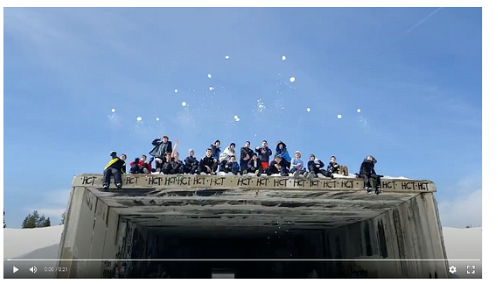This text describes how to create a semantic search application for cloud photos using Python, Pinecone, Hugging Face, and the Open AI CLIP model. The article highlights the limitations of current photo search platforms like Apple Photos and Google Photos and explains how the CLIP model, combined with a vector database like Pinecone, can enable more accurate and flexible image searches. The text provides code examples and references for building the application.

Modern Semantic Search for Images
Are you tired of struggling to find specific photos in your cloud storage? Traditional search methods like Apple Photos and Google Photos fall short when it comes to semantic search. But don’t worry, there’s a solution! In this article, we’ll show you how to build your own semantic image search application using Python, Pinecone, Hugging Face, and the Open AI CLIP model.
Demonstration: Current Limitations of Traditional Image Search
Let’s start by highlighting the limitations of traditional image search methods. For example, when searching for a picture of a “donut birthday cake” on Google Photos, you might end up with irrelevant results. However, with a semantic search app, you can get accurate and relevant results. The same applies to searching for a picture of a “busted lip from a snowball fight.”
OpenAI CLIP Model and Application Architecture
The OpenAI CLIP model is a powerful tool that allows the model to associate image pixels with text, enabling it to understand complex queries like “donut cakes” and “busted lips.” This model has been trained on millions of images with descriptive captions, making it highly accurate and versatile.
To build an enterprise-ready application, you’ll need a vector database like Pinecone. Pinecone provides features such as batch and stream processing of images, low latency retrieval, and metadata filtering, making it ideal for scaling your semantic search application.
Building the Application
To build your semantic search application, you’ll need Pinecone or a similar vector database, Hugging Face models and pipelines, the OpenAI CLIP model, and the Google Photos API to access your personal photos. You can find the code and supporting files on GitHub, along with helpful tutorials and examples to guide you through the process.
Conclusion
The combination of the OpenAI CLIP model and a vector database like Pinecone opens up exciting possibilities for semantic image search applications. With low latency and high fidelity, you can easily find the photos you’re looking for, even with complex queries. To stay competitive and leverage the power of AI, consider incorporating modern semantic search into your company’s workflow.
Discover How AI Can Redefine Your Way of Work
If you’re looking to evolve your company with AI and stay competitive, it’s important to identify automation opportunities, define measurable KPIs, select the right AI tools, and implement gradually. At itinai.com, we specialize in AI solutions that can transform your business. Connect with us at hello@itinai.com for AI KPI management advice and stay tuned to our Telegram channel t.me/itinainews or Twitter @itinaicom for continuous insights into leveraging AI.
Spotlight on a Practical AI Solution: AI Sales Bot
Our AI Sales Bot is designed to automate customer engagement 24/7 and manage interactions across all customer journey stages. Discover how AI can redefine your sales processes and customer engagement by exploring our solutions at itinai.com.
List of Useful Links:
- AI Lab in Telegram @aiscrumbot – free consultation
- Modern Semantic Search for Images
- Towards Data Science – Medium
- Twitter – @itinaicom




























